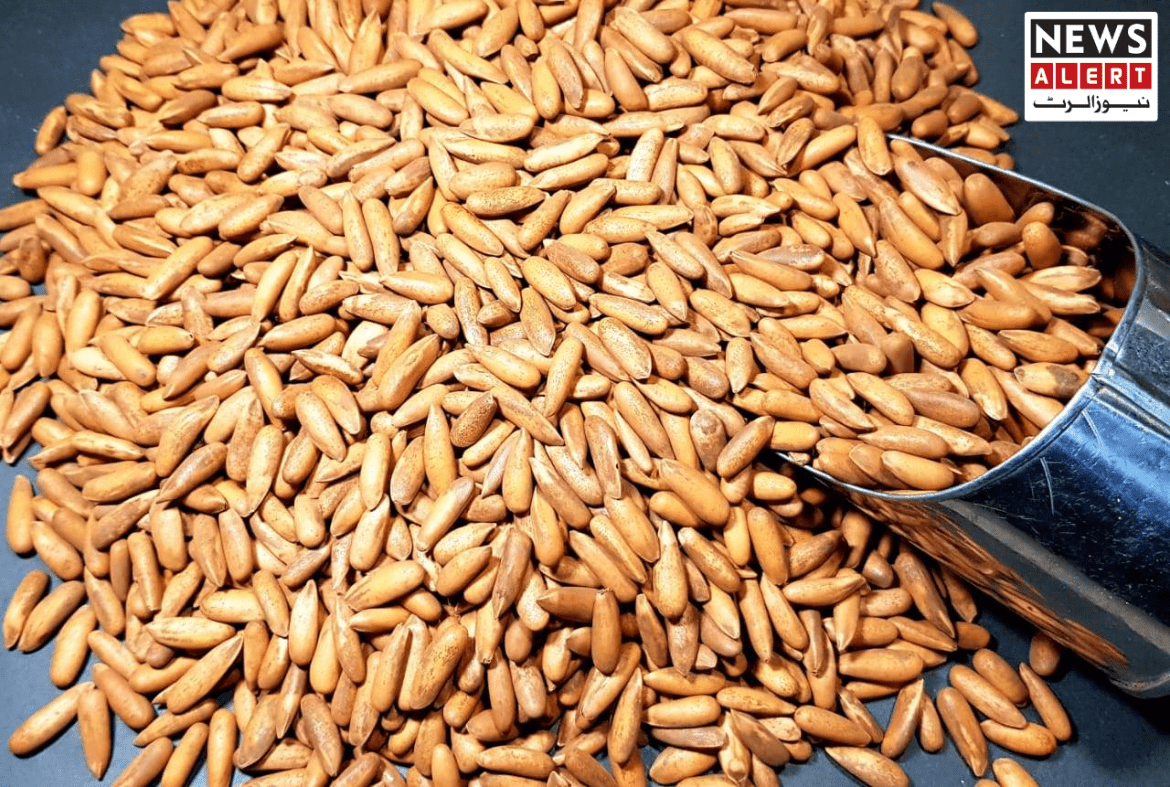Winter Sparks Demand for Dry Fruits
As winter begins in Pakistan, demand for dry fruits naturally rises. Consequently, markets across the country are crowded with shoppers buying seasonal nuts. Among them, pine nuts—locally called chalghoza—have drawn significant attention due to a remarkable drop in prices.
In South Waziristan’s Lower Wana market, traders currently sell pine nuts for PKR 3,000 per kilogram. This is a dramatic decrease compared to last year, and it allows more households to purchase this premium item.
Increased Production Drives Prices Down
Traders explain that the price reduction primarily results from a larger pine nut harvest this year. In addition, favorable weather conditions and improved collection efforts in tribal areas have boosted supply. As a result, sellers can offer lower prices while still maintaining reasonable profits.
By contrast, last year pine nuts sold for between PKR 10,000 and PKR 16,000 per kilogram. Therefore, the current rate represents nearly a 50–70% decrease, making the nuts far more affordable for local families.
Advantages for Consumers and Traders
The price decline benefits consumers directly, as they can now buy high-quality pine nuts for winter celebrations and daily consumption. Moreover, many families are taking advantage of this opportunity to stock up while prices remain low.
Meanwhile, traders face both challenges and opportunities. Although lower prices slightly reduce profit margins, the increased supply encourages healthy competition. Consequently, many traders report that the market has become more balanced and stable.
Cultural and Economic Significance
Pine nuts hold both cultural and economic importance in Pakistan. Traditionally, people use them in desserts, winter snacks, and regional recipes. Furthermore, harvesting pine nuts provides seasonal income for communities in South Waziristan and other tribal regions.
Previously, high prices had made pine nuts inaccessible for many families. Therefore, the current price correction improves affordability, while also supporting local economic activity by boosting demand.
South Waziristan’s Key Role
South Waziristan, located in Khyber Pakhtunkhwa province, remains a major pine nut-producing region. Its forests and favorable climate contribute to high-quality yields. However, limited supply in past years caused sharp price spikes, sometimes exceeding PKR 15,000 per kilogram.
This year, a bumper harvest—thanks to both weather and better collection practices—has increased market availability. In addition, other dry fruits, such as almonds, walnuts, and apricots, have maintained stable supplies, although their prices have not changed as dramatically as pine nuts.
Outlook for the Season
Experts predict that pine nut prices will remain stable as winter progresses, provided no major supply disruptions occur. Therefore, consumers should buy from trusted markets to ensure quality. Similarly, traders are encouraged to maintain fair pricing to sustain market balance.
Overall, the current trend demonstrates how seasonal production and market dynamics directly affect affordability and accessibility. As a result, consumers benefit from lower prices, while local communities gain from sustainable trade.















